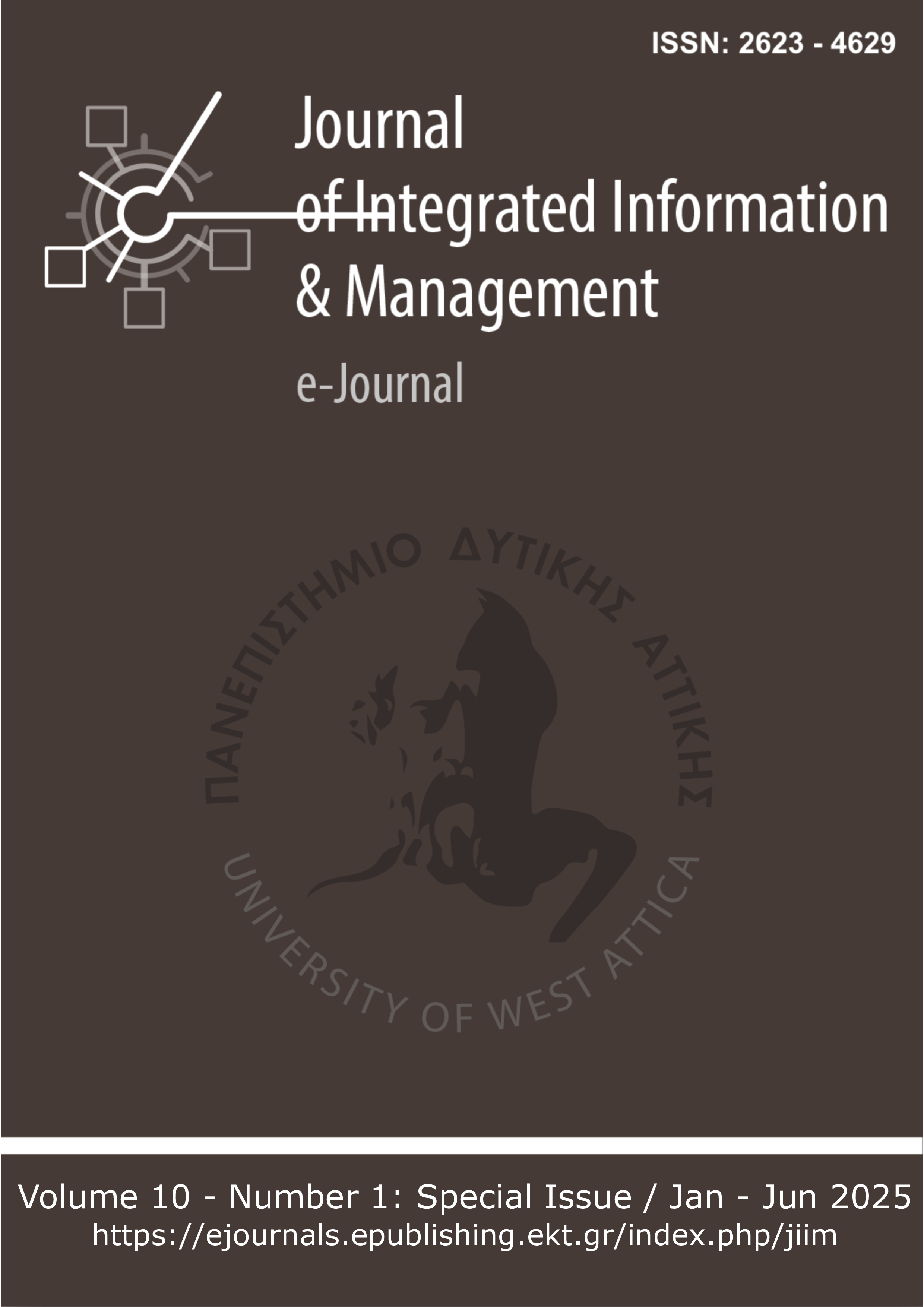Disruptive Computational Technologies in Electronic Medical Records Management

Abstract
Purpose – The adoption of disruptive computing technologies in hospital administration services has transformed the landscape of medical data and information handling. Electronic medical records (EMRs) contain patients’ health data generated in medical practices. This data can be converted into health information that pertains to individual patient health status, monitoring patient well-being, processing payments and financial transactions, providing statistics and demographics, and facilitating quality control of medical services.
Design/methodology/approach – This narrative literature review summarizes the current theoretical and practical frameworks for electronic medical record systems (EMRS), database structures, and information searching and retrieval strategies. The resources have been published in peer-reviewed journals indexed in PubMed, Scopus, Web of Science, and iCite databases.
Findings – EMR data stored in relational databases (RDB) are managed by RDB management systems (RDBMS) using structured query language (SQL) or not only SQL (NoSQL). Their efficient operation and content accuracy can be achieved by applying rules that ensure the atomicity and consistency of each transaction with the database, the isolation and synchronized control of the database, and the durability of the system against failures or errors. Current disruptive computational technologies, deep learning algorithms, artificial neural networks, recurrent neural networks (RNN), convoluted neural networks (CNN), and generative large language models (LLM) artificial intelligence (AI) systems can be utilized in these systems to uncover knowledge by answering complex health information queries.
Originality/value – Implementing AI systems in EMR RDBMS will enhance computer-assisted decision-making for various healthcare stakeholders, including medical practitioners, patients, and caregivers. From a clinical perspective, these systems may contribute equally to evidence-based and precision medicine. We will discuss the best practical and ethical considerations for their routine application.
Article Details
- How to Cite
-
Chaleplioglou, A., & Tsolakidis, T. (2025). Disruptive Computational Technologies in Electronic Medical Records Management. Journal of Integrated Information Management, 10(1), 64–75. https://doi.org/10.26265/jiim.v10i1.41805
- Section
- Research Articles

This work is licensed under a Creative Commons Attribution-NonCommercial 4.0 International License.
Copyright Notice
Authors who publish with JIIM agree to the following terms:
- Authors retain copyright and grant the journal right of first publication with the work simultaneously licensed under a Creative Commons Attribution Non-Commercial License that allows others to share the work with:
- An acknowledgment of the work's authorship and initial publication in this journal.
- Authors are permitted and encouraged to post their work online (preferably in institutional repositories or on their website) prior to and during the submission process, as it can lead to productive exchanges, as well as earlier and greater citation of published work.





